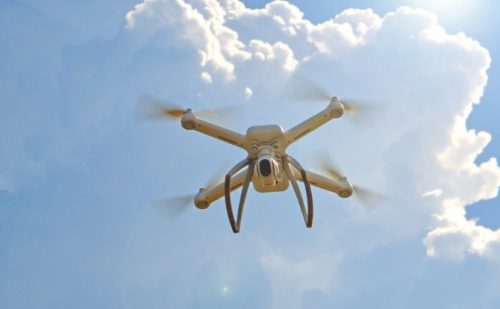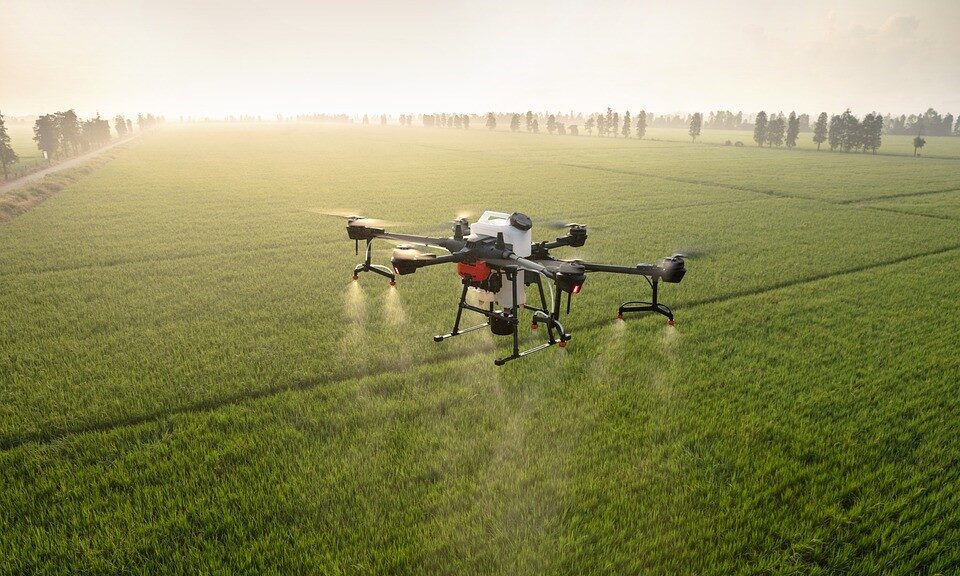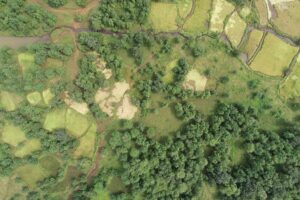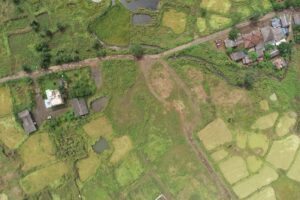Yes, you can bring a drone to India, but there are certain rules and regulations that you need to follow. The Government of India has issued guidelines for the use of drones in India, and it is import
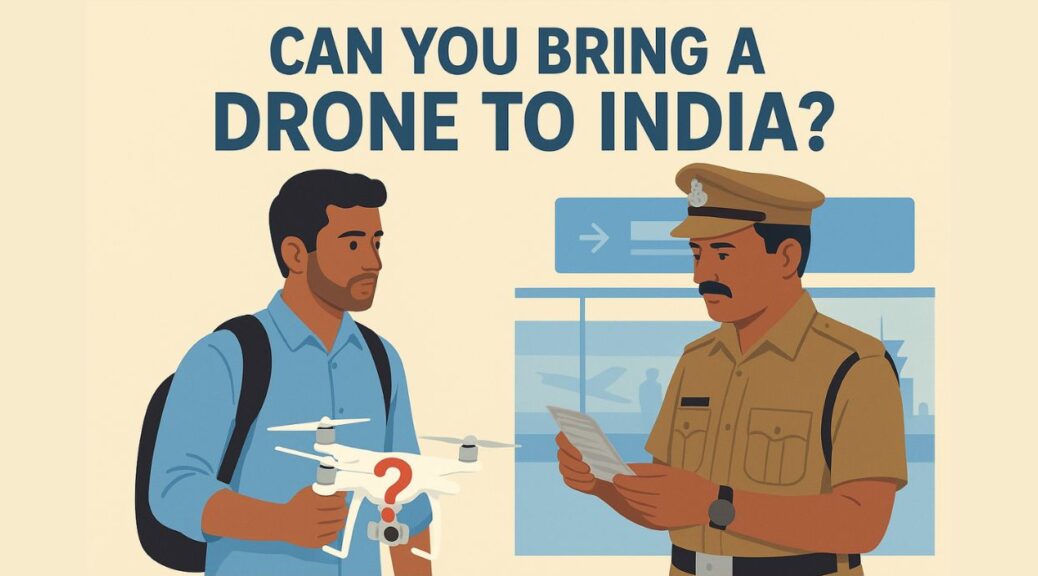
Can You Bring a Drone to India?
Yes, you can bring a drone to India, but there are certain rules and regulations that you need to follow. The Government of India has issued guidelines for the use of drones in India, and it is important to comply with them to avoid any legal issues. Firstly, you need to obtain a Unique Identification Number (UIN) for your drone from the Directorate General of Civil Aviation (DGCA). Secondly, you need to obtain an Unmanned Aircraft Operator Permit (UAOP) from the DGCA, which is required for all commercial and non-commercial drone operations in India. It is also important to ensure that your drone complies with the safety guidelines issued by the DGCA, which includes restrictions on flying in certain areas, flying at certain altitudes, and maintaining a safe distance from people and property. Furthermore, you should also check with the airline you are traveling with regarding their specific policies on carrying drones onboard, as well as any additional customs requirements for importing drones into India. Overall, bringing a drone to India is possible, but it requires proper planning and adherence to the regulations set by the government. Unmanned aircraft system classifications Unmanned Aircraft Systems (UAS), also known as drones, can be classified based on different criteria. Here are some common classifications:
- Based on size and weight: UAS can be classified into different categories based on their weight and size. The International Civil Aviation Organization (ICAO) has established three categories for UAS:
- Small UAS: weighing less than 55 lbs (25 kg)
- Medium UAS: weighing between 55 lbs (25 kg) and 1,320 lbs (600 kg)
- Large UAS: weighing more than 1,320 lbs (600 kg)
- Based on the level of autonomy: UAS can be classified based on their level of autonomy, ranging from fully autonomous to remotely piloted.
- Based on the purpose: UAS can also be classified based on their purpose, such as military drones, commercial drones for photography, mapping, or surveying, and recreational drones for hobbyists.
- Based on the design: UAS can also be classified based on their design, such as fixed-wing, rotary-wing, or hybrid.
- Check the local regulations: Before you travel, research the regulations and laws of the country you are visiting to ensure that you are allowed to bring a drone into the country and fly it there. Some countries have strict regulations, and it is important to comply with them to avoid any legal issues.
- Pack your drone properly: Make sure that your drone is packed securely in a protective case to prevent any damage during transportation. Also, ensure that the batteries are charged and properly secured.
- Declare your drone: When going through customs, declare your drone to the authorities, and provide all the necessary documentation, including the Unique Identification Number (UIN) and the Unmanned Aircraft Operator Permit (UAOP) if required by the country.
- Be prepared for inspection: Customs authorities may inspect your drone, so be prepared to demonstrate how it works and provide any additional information as required.
- Be aware of airline policies: Check with your airline to ensure that you comply with their policies on carrying drones onboard. Some airlines may require that you pack your drone in your checked luggage.
- Obtain necessary permits: You must obtain a Unique Identification Number (UIN) for your drone from the Directorate General of Civil Aviation (DGCA) before operating it in India. Additionally, an Unmanned Aircraft Operator Permit (UAOP) is required for all commercial drone operations.
- Fly only in permitted areas: Drones are not allowed to fly in certain areas, such as airports, military installations, and other sensitive areas. You must obtain permission from the relevant authorities before flying in restricted areas.
- Fly only during daylight: Drones should be flown only during daylight hours and in good weather conditions.
- Maintain a safe distance: Drones must be flown at a safe distance from people, property, and other aircraft. The DGCA has prescribed specific minimum distances that must be maintained.
- Do not fly above a certain altitude: Drones cannot be flown above a certain altitude, which is usually 400 feet above ground level, as specified by the DGCA.
- Do not fly near other aircraft: Drones must not be flown in the vicinity of other aircraft, including helicopters and airplanes.
- Do not carry prohibited items: Drones cannot be used to carry hazardous materials, explosives, or any other prohibited items.

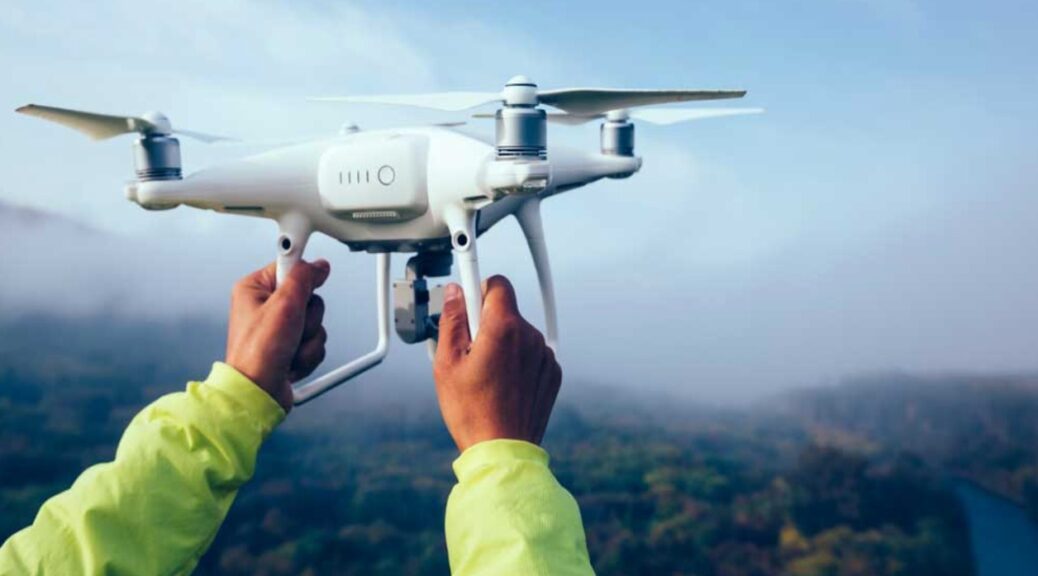
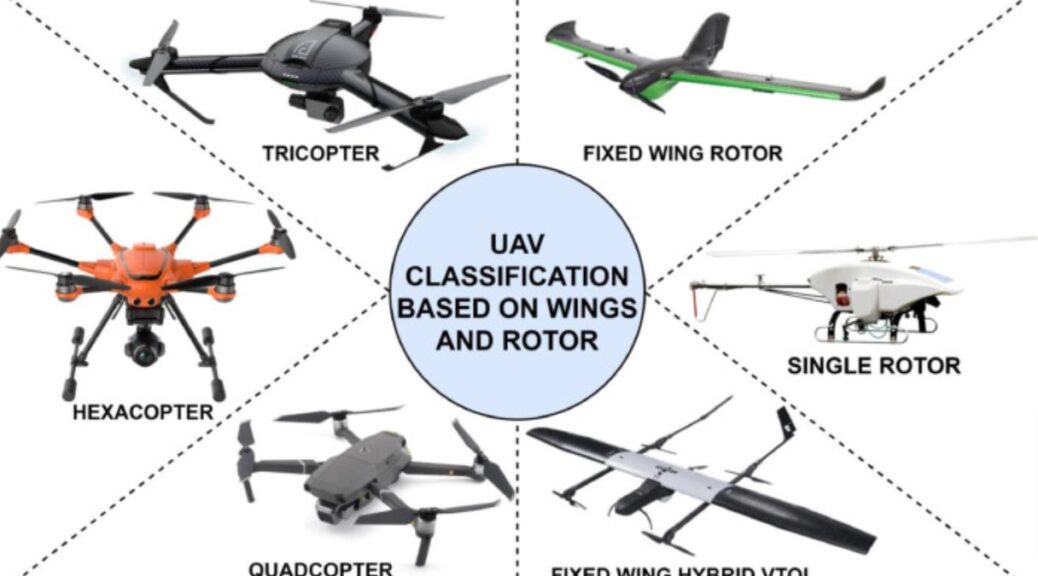
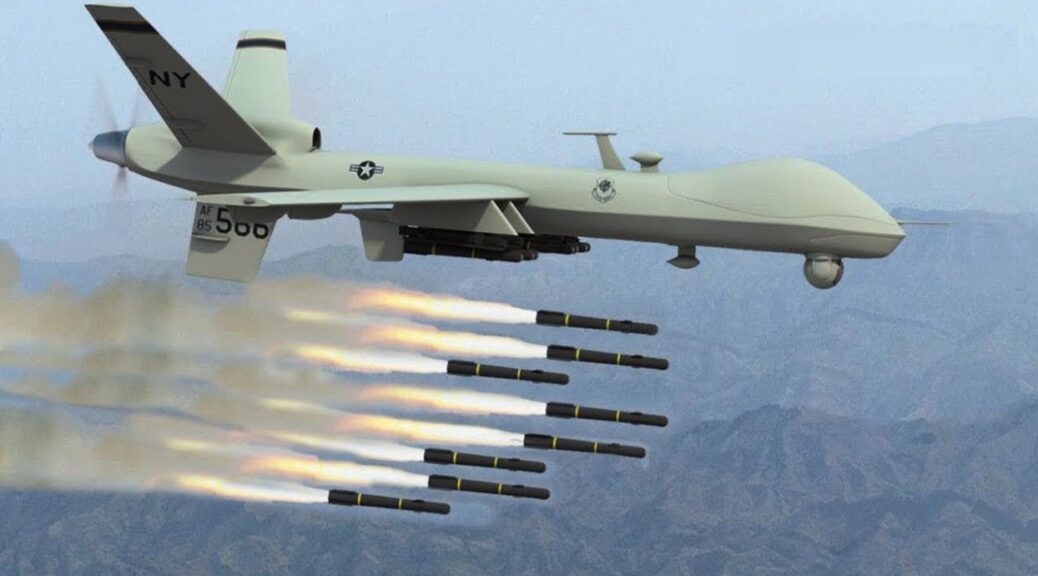
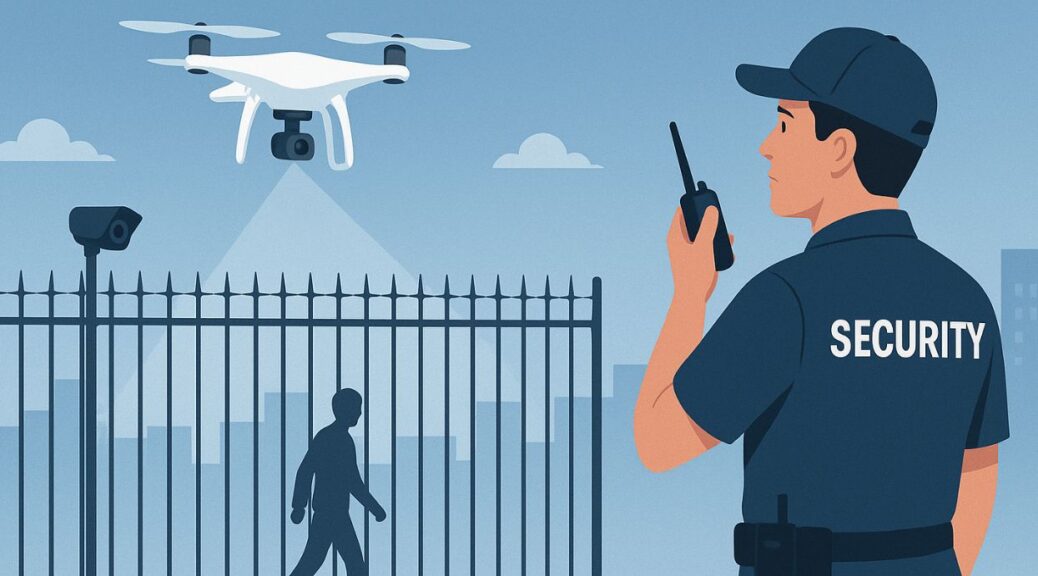
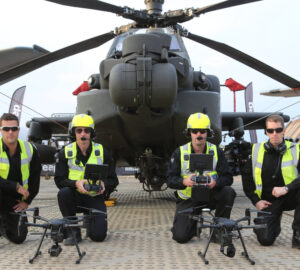

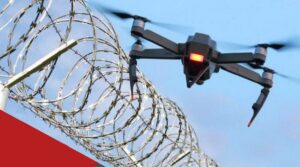
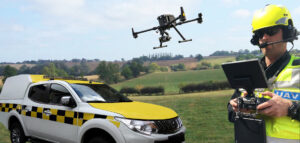

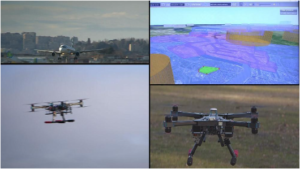
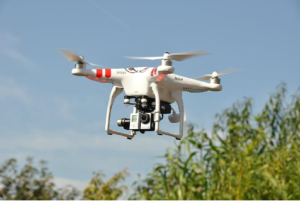
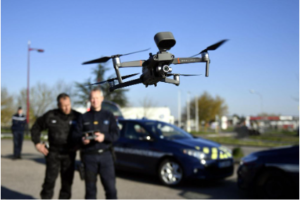
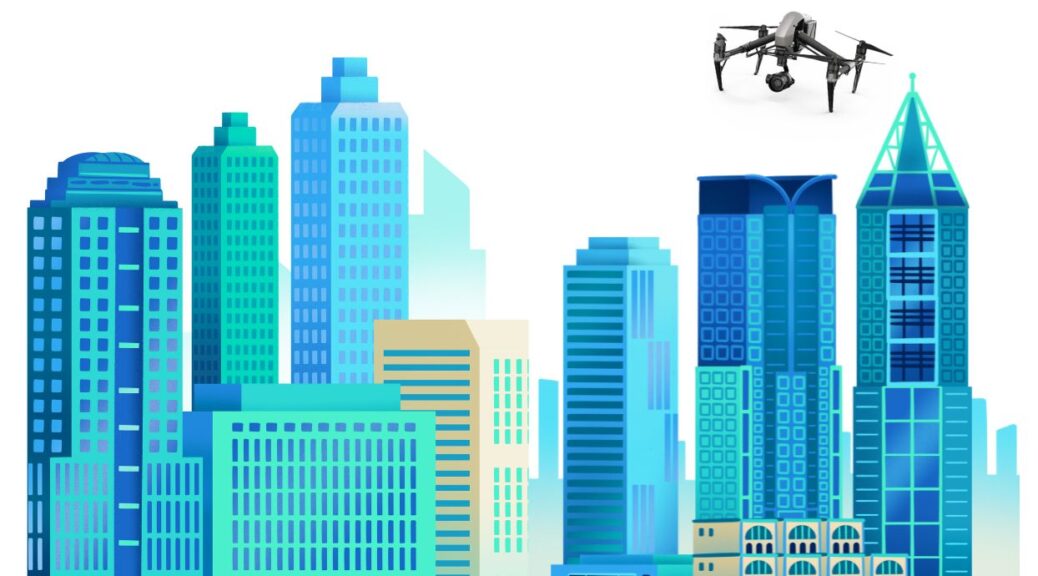
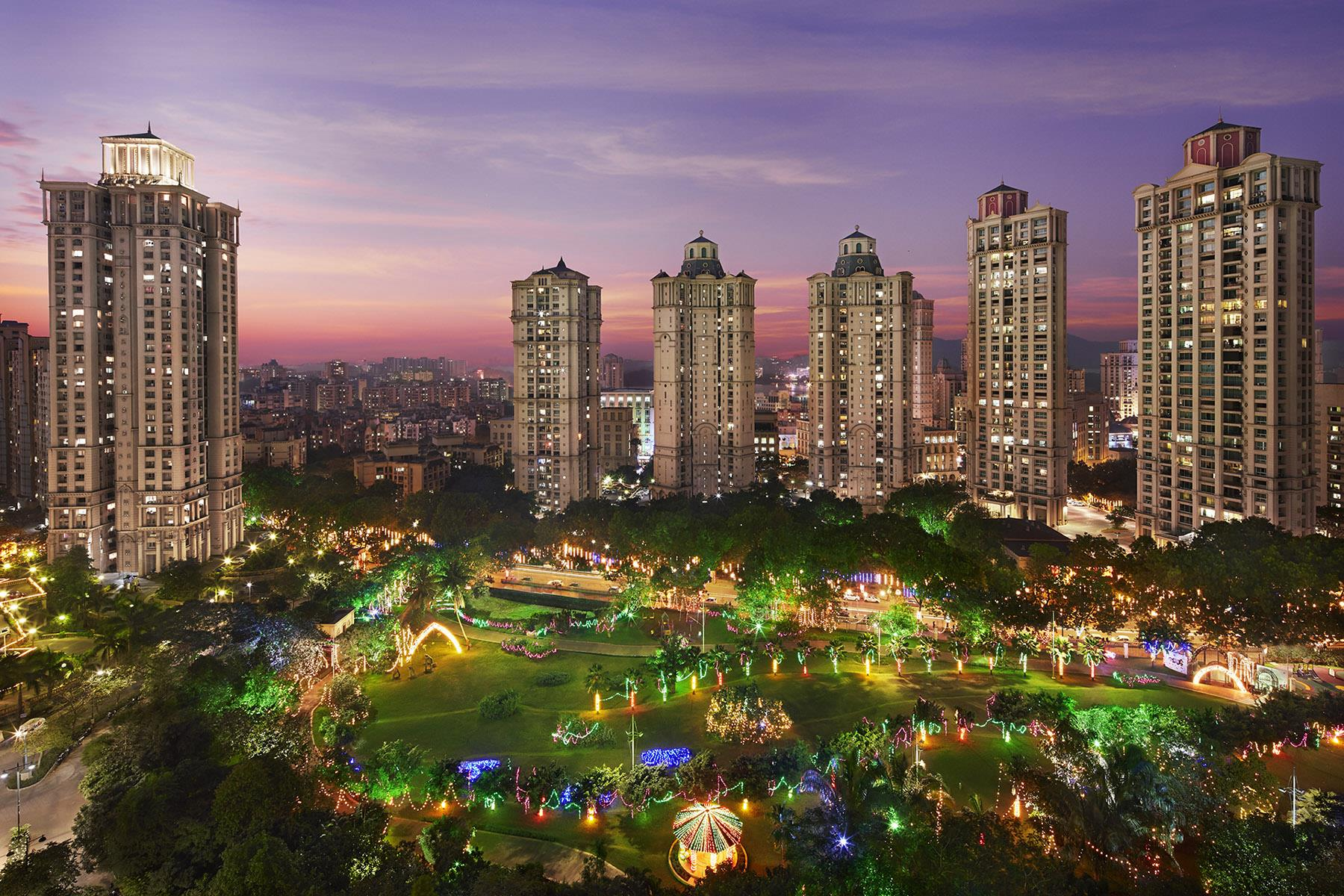
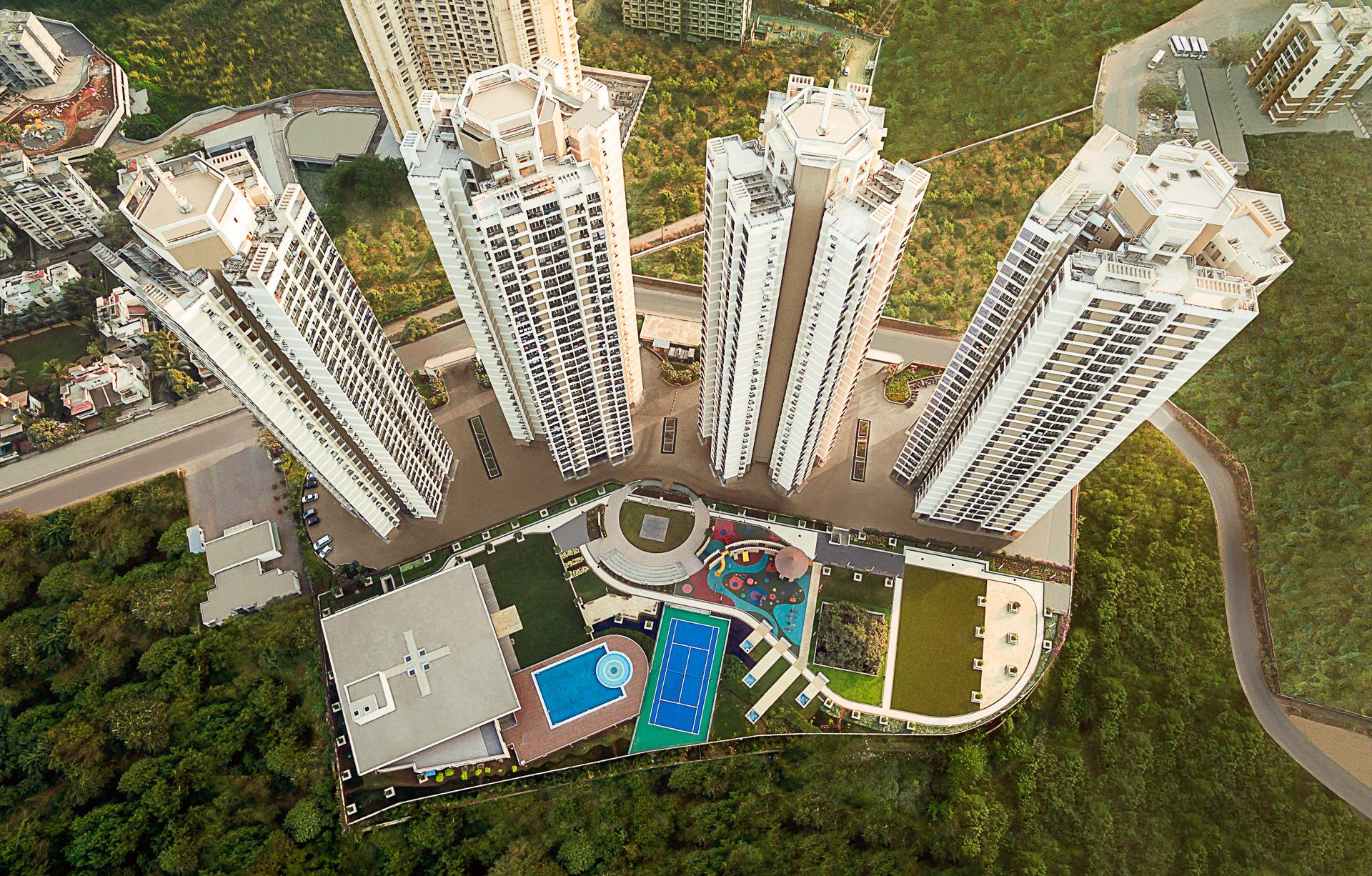



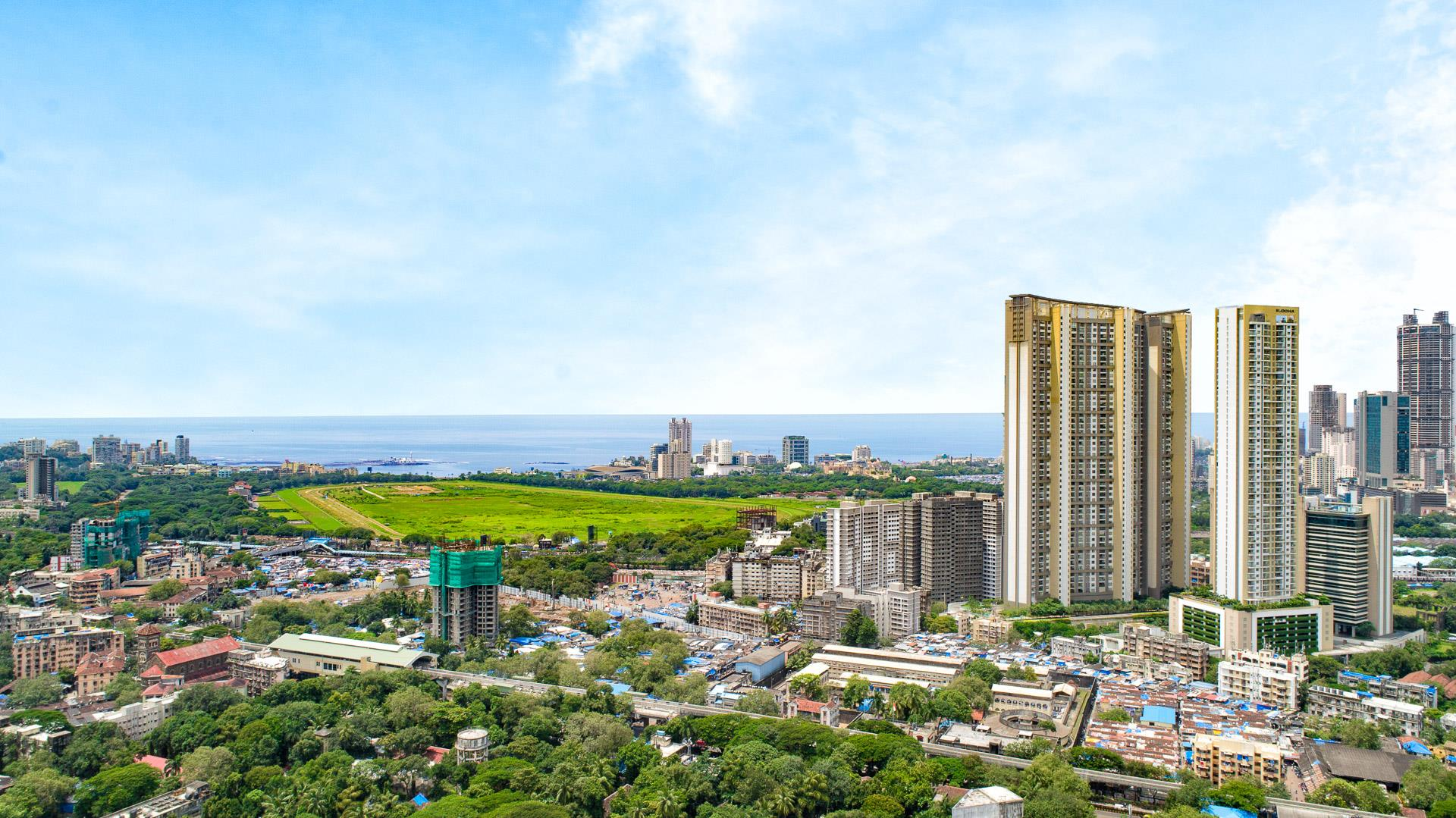

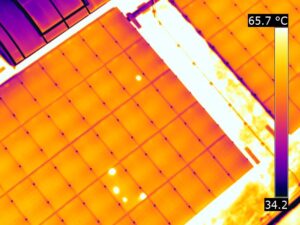
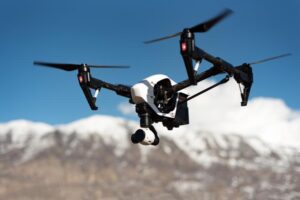
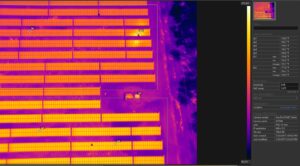




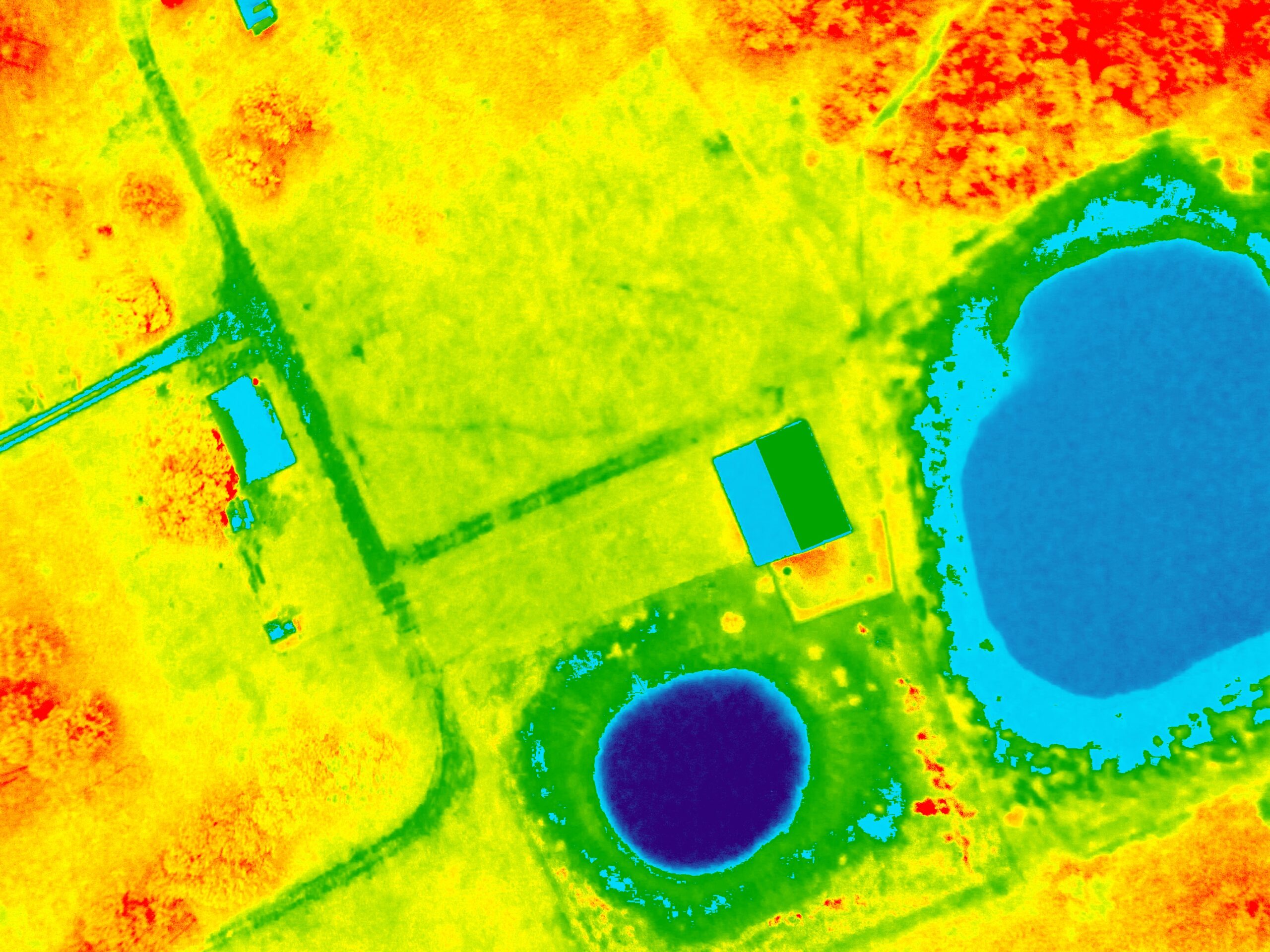
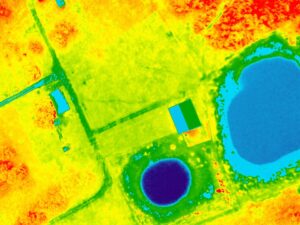
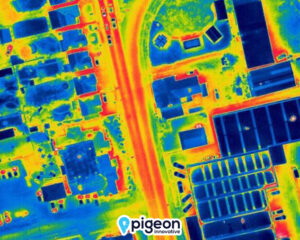
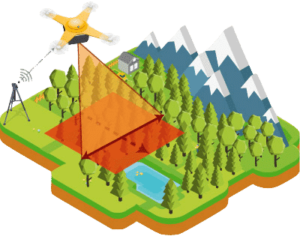
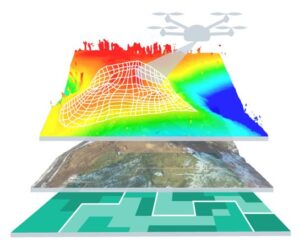 Is LIDAR better than photogrammetry?
Is LIDAR better than photogrammetry? 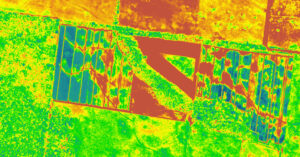
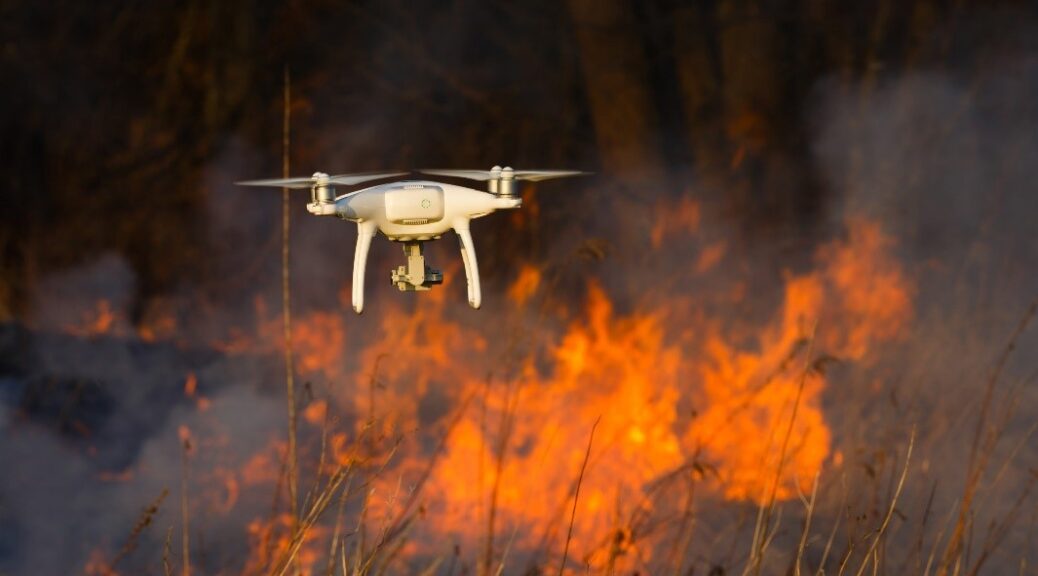
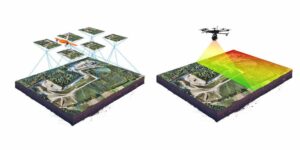
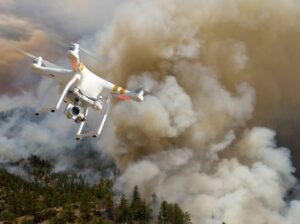

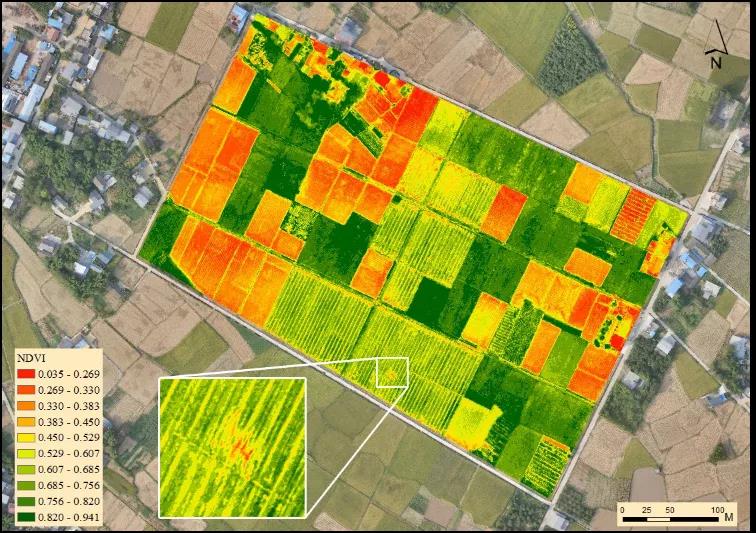
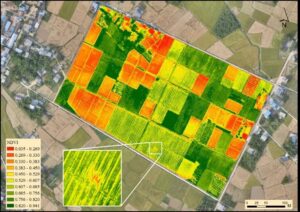
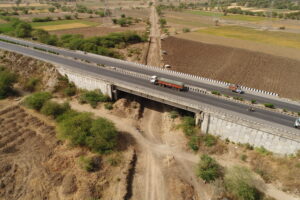

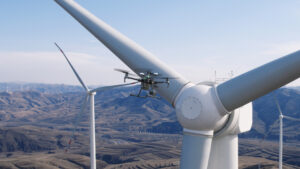



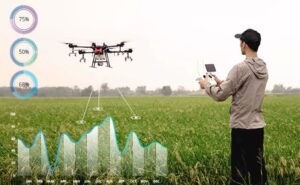


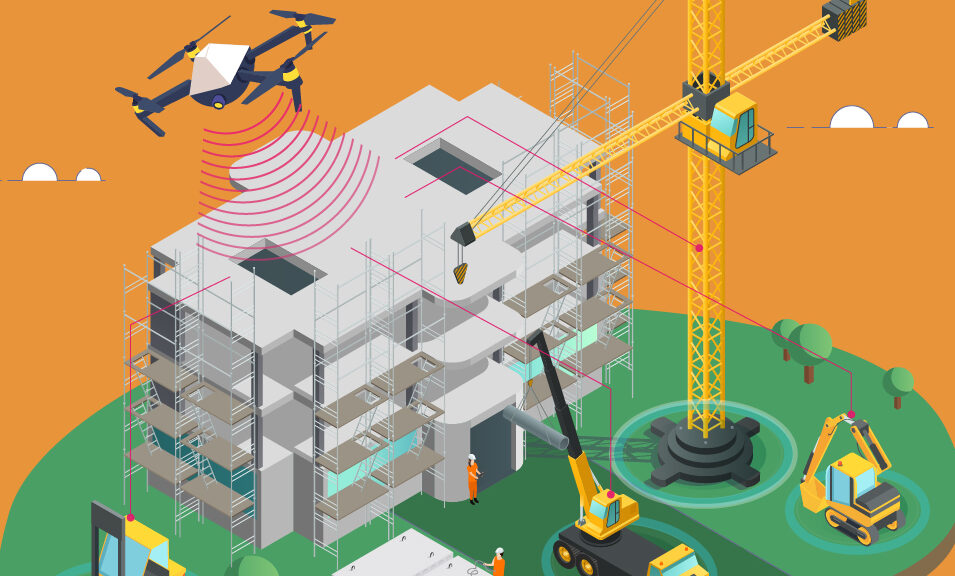
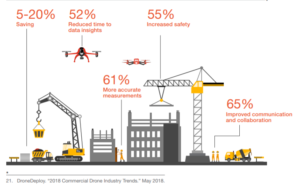
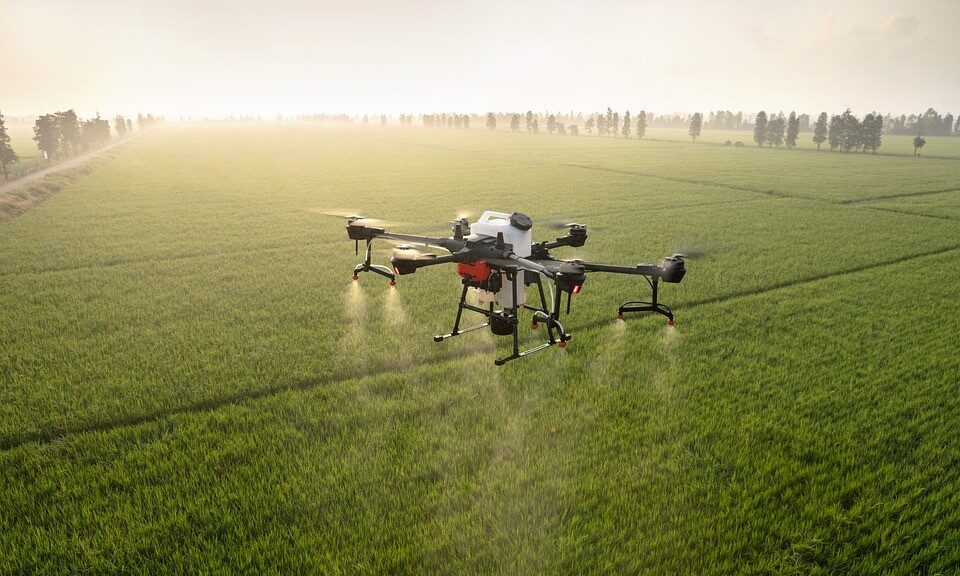

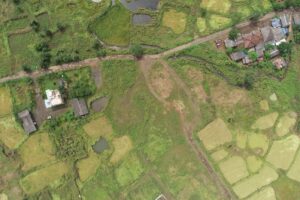



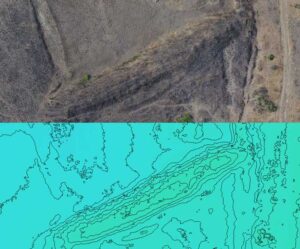 Contour line of Hill[/caption]
Contour line of Hill[/caption] 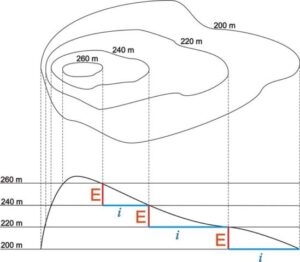
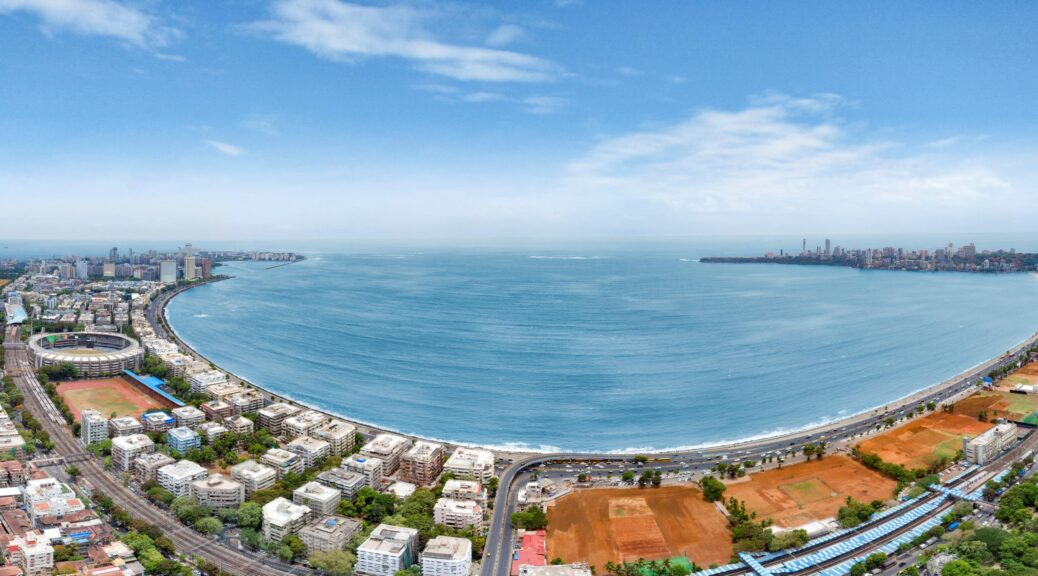

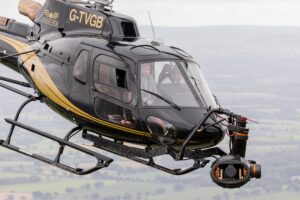
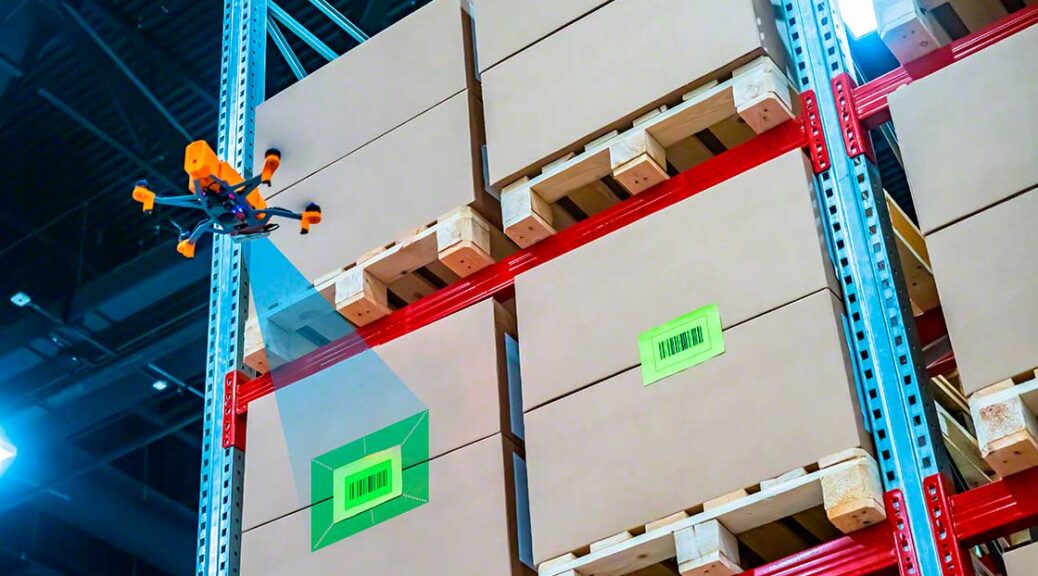
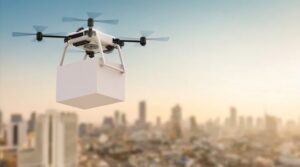 Lost merchandise can be searched in places that are difficult to access.
Lost merchandise can be searched in places that are difficult to access. 